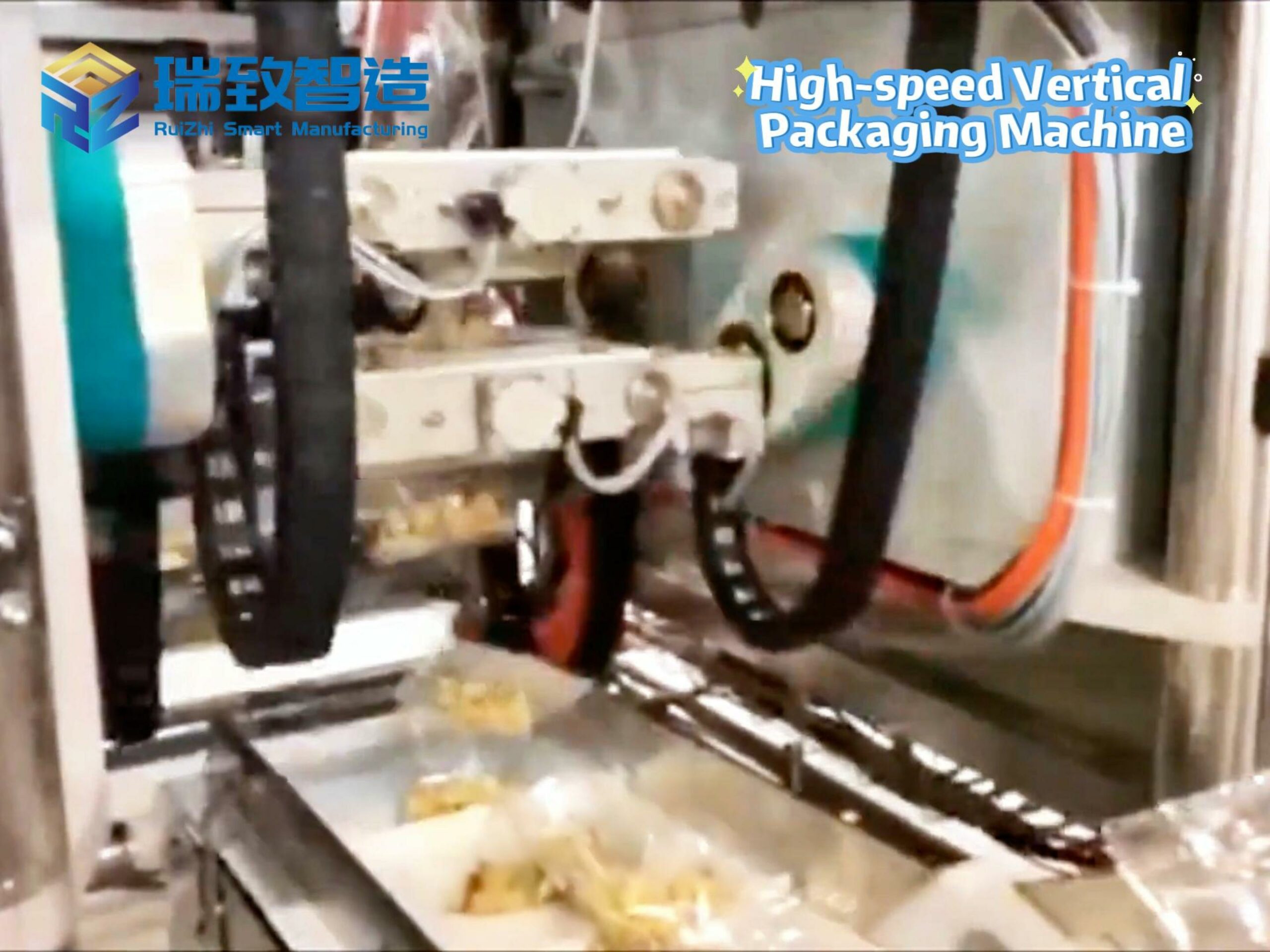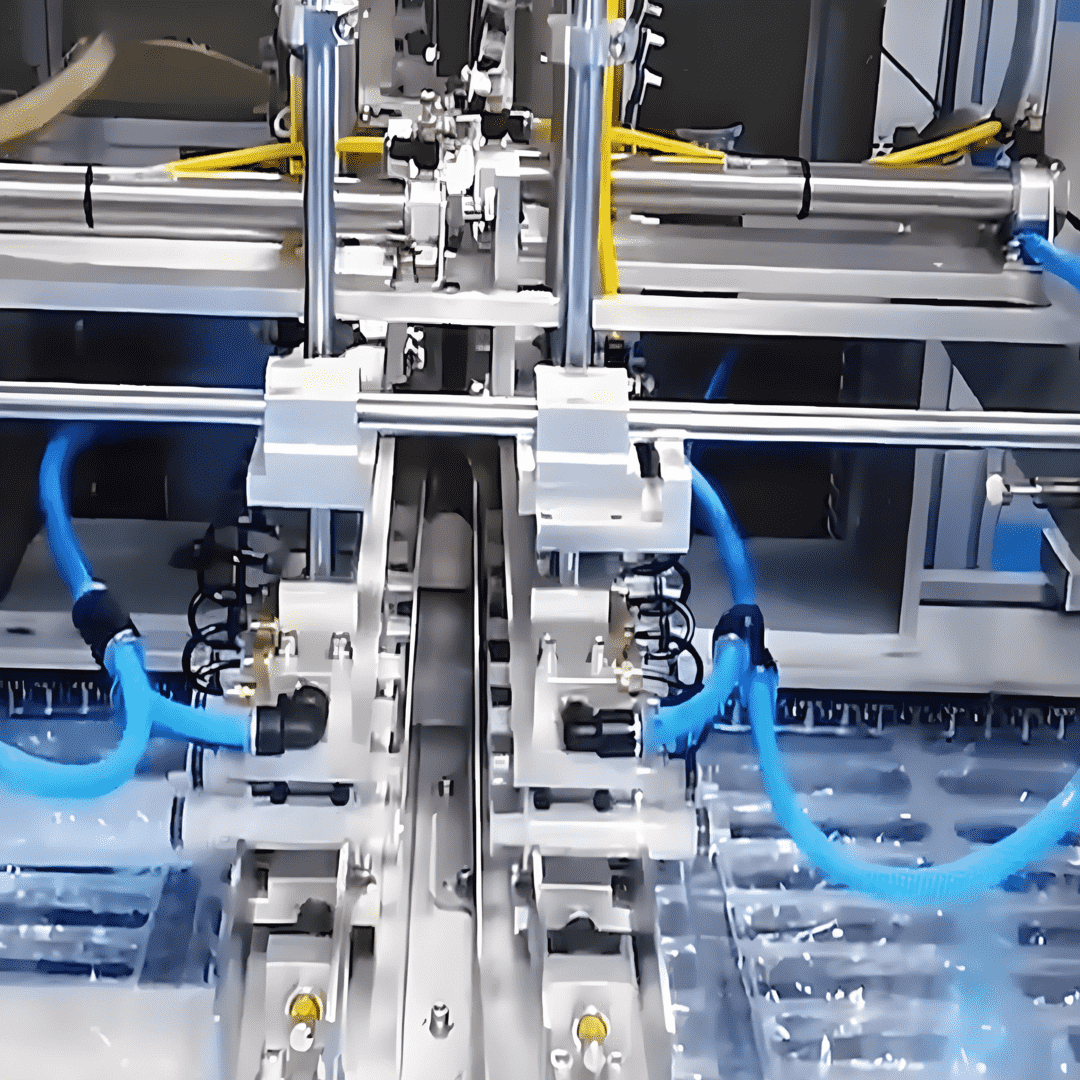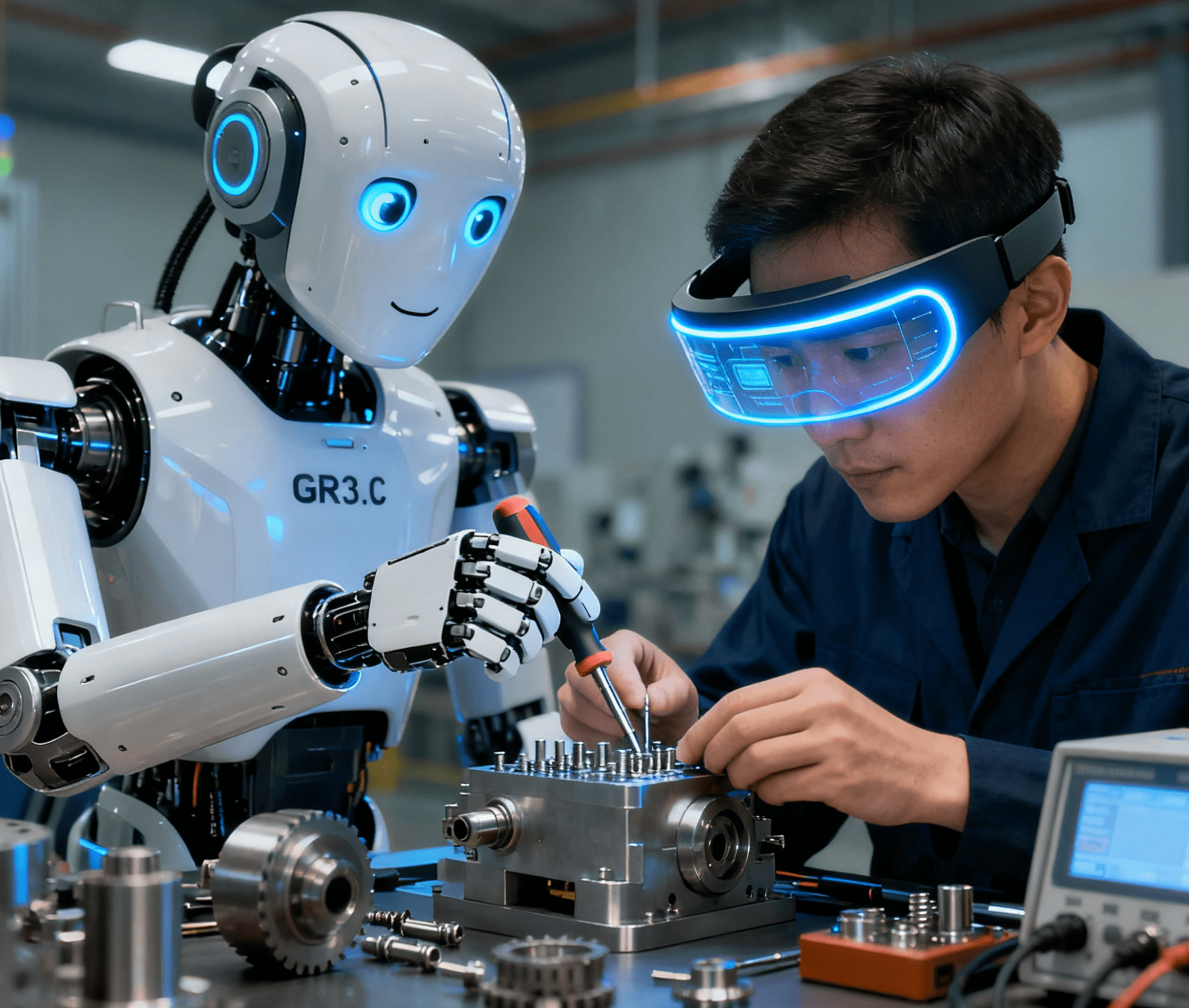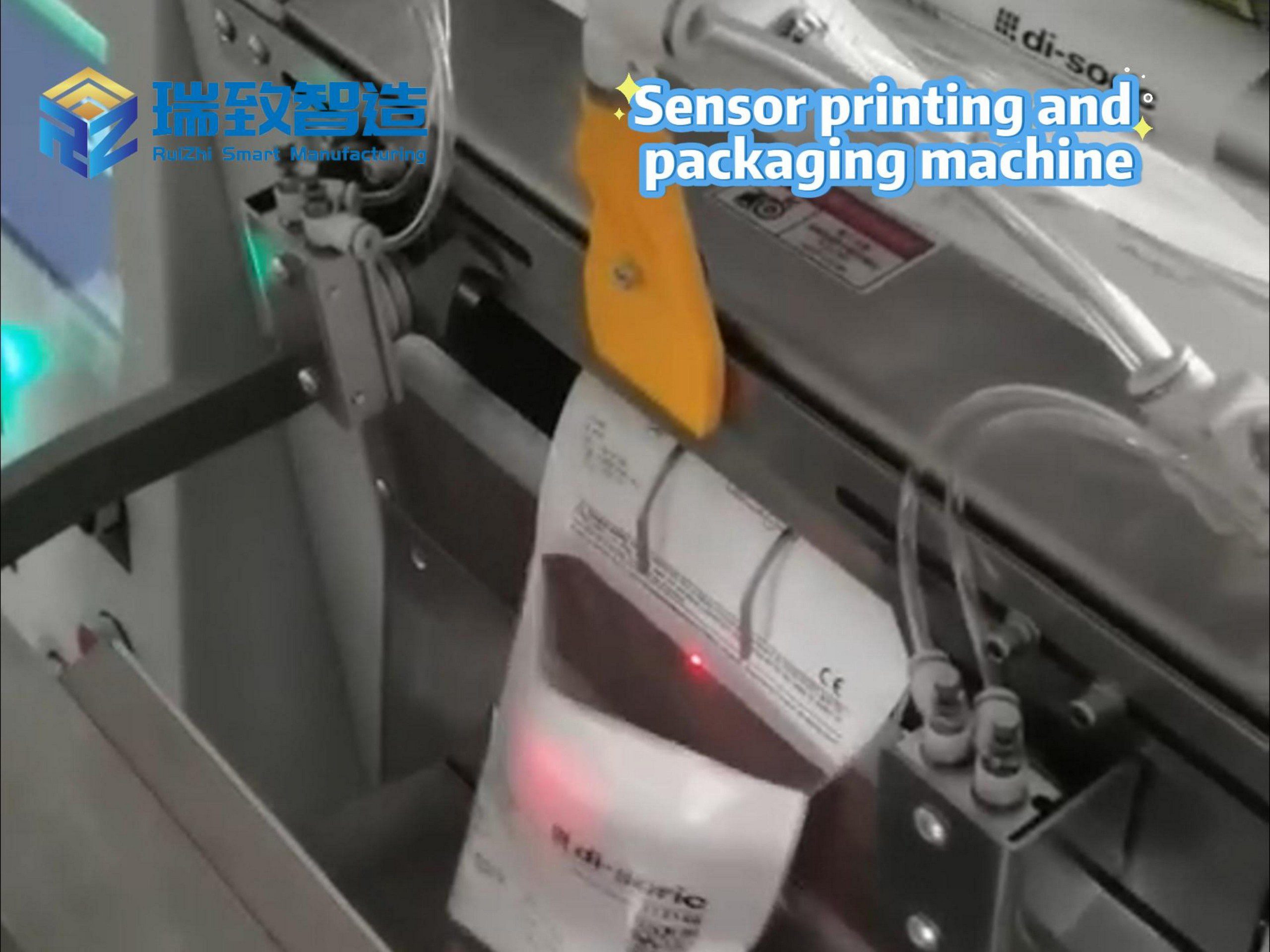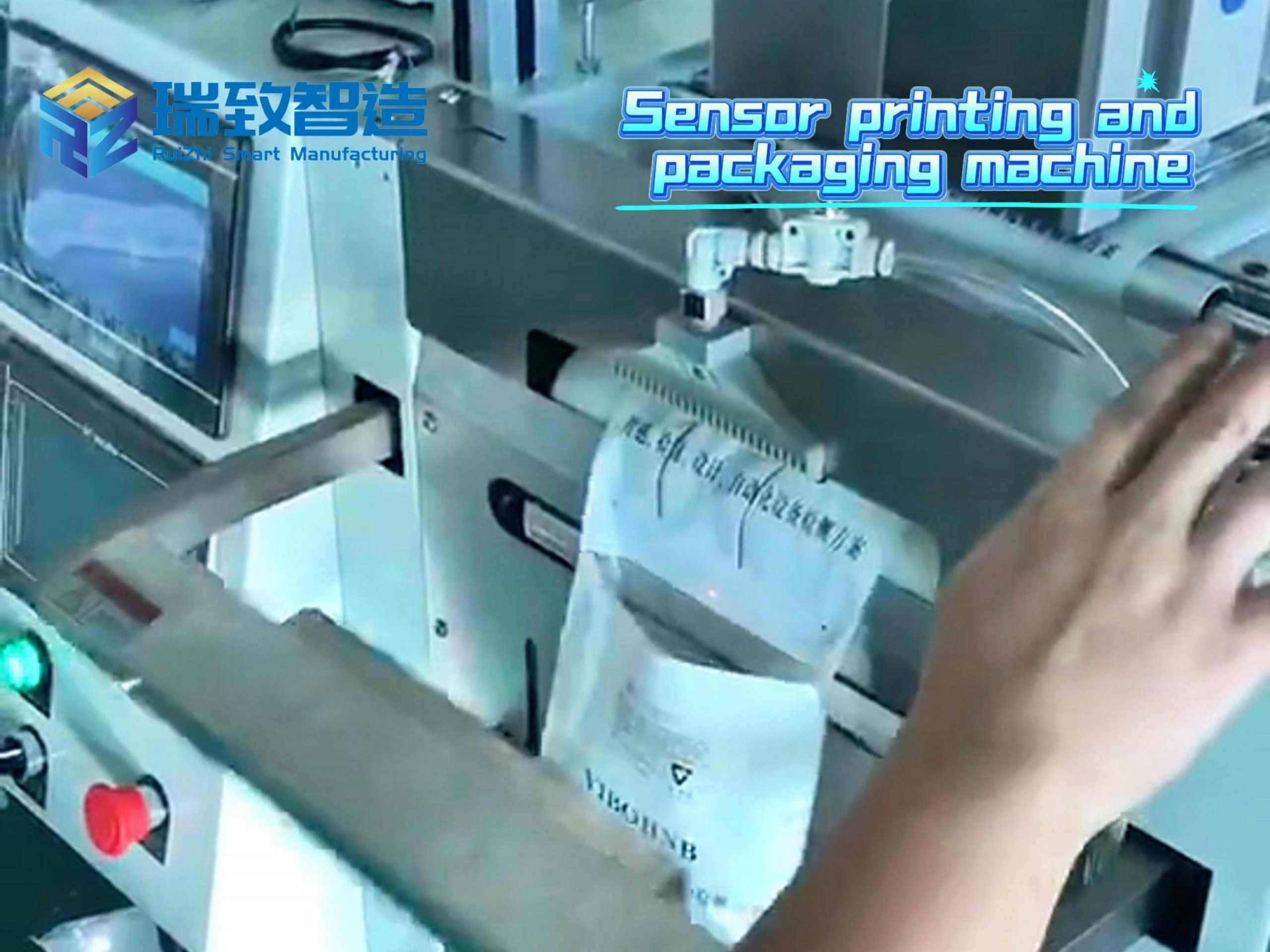Table of Contents
ToggleFuture-Ready AI Automation Systems: Don’t Just Prepare for the Future, Build it!
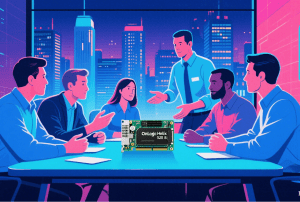
The landscape of automation is in a state of perpetual evolution, with intelligent automation emerging as the vanguard of this transformation. Driven by breakthroughs in artificial intelligence (AI), machine vision, and computational solutions, the industrial automation paradigm is being rewritten—from factory floors to corporate decision-making. For engineers and operations leaders, the challenge extends beyond keeping pace; it’s about architecting ecosystems where automation equipment and AI-powered tools 协同 (collaborate) to not only meet present demands but also anticipate future technological shifts. While a “future-proof” solution remains an ideal, constructing systems with adaptive intelligence is the tangible path forward.
The rapid sophistication of AI in automation workflows demands computing solutions with unprecedented processing power, efficiency, and specialization. Outdated hardware isn’t just a bottleneck; it’s a liability that stalls advanced algorithm deployment, real-time edge analytics, and the full realization of intelligent automation’s potential. The key lies in transcending the myth of static “future-proofing” and embracing a proactive strategy—especially when selecting industrial computers for AI and advanced automation technologies.
The Strategic Edge: Investing in Adaptive AI Automation Infrastructure
Choosing cutting-edge computing isn’t about predicting the future; it’s about leveraging technology designed with scalability in mind. Processors like the Intel® Core™ Ultra Series 1 and 2, featured in next-gen industrial PCs for AI, exemplify this approach. Their integrated Neural Processing Units (NPUs) aren’t just performance boosters—they’re purpose-built to accelerate AI inference in industrial automation applications, from predictive maintenance to quality control.
This new breed of computing is essential for deploying automation that can:
- Anticipate AI Automation Shifts: Modern hardware, with built-in capacity for evolving workloads, ensures seamless adaptation to more complex AI tasks—optimizing performance and avoiding costly downtime.
- Integrate AI Acceleration: Dedicated NPUs optimize current AI applications while future-proofing for deeper AI integration in industrial environments.
- Enable Adaptive Infrastructure: Expandable platforms allow integration of discrete GPUs and accelerator cards, supporting visual AI and computationally intensive tasks.
- Drive Sustainable Innovation: Current-gen technology provides a robust foundation for future software and AI frameworks, ensuring long-term relevance.
OnLogic Helix 520 Series: Redefining Adaptive AI Automation
OnLogic’s commitment to industrial computing goes beyond hardware; it’s about building the infrastructure for tomorrow’s intelligent automation. The Helix 520 Series embodies this vision, designed to:
- Power AI at the Edge: With Intel’s latest processors and NPU acceleration, it delivers real-time AI inference for industrial automation workflows.
- Adapt to Evolving Needs: Modular design allows easy integration of new AI tools, from machine vision systems to advanced analytics platforms.
- Ensure Long-Term Value: Robust construction and future-compatible interfaces make it a durable asset for evolving automation needs.
Conclusion: OnLogic’s Vision for AI-Driven Automation Ecosystems
The Helix 520 Series exemplifies how intelligent automation and industrial automation can converge. By prioritizing adaptive hardware that treats AI not as an add-on but as a core function, businesses can transform their automation equipment into dynamic platforms for innovation.
In the end, the future of automation belongs to those who see AI not as a disruptor but as a natural extension of industrial automation’s evolution. By investing in computing solutions that blend present-day performance with future scalability, organizations can build intelligent automation systems that don’t just respond to change—they define it. The Helix 520 Series is more than a product; it’s a manifesto for how adaptive infrastructure will power the next generation of industrial innovation. As AI becomes the nervous system of modern automation, platforms like the Helix 520 ensure that every piece of automation equipment, every industrial AI system, and every intelligent workflow is not just ready for the future—but actively building it.

